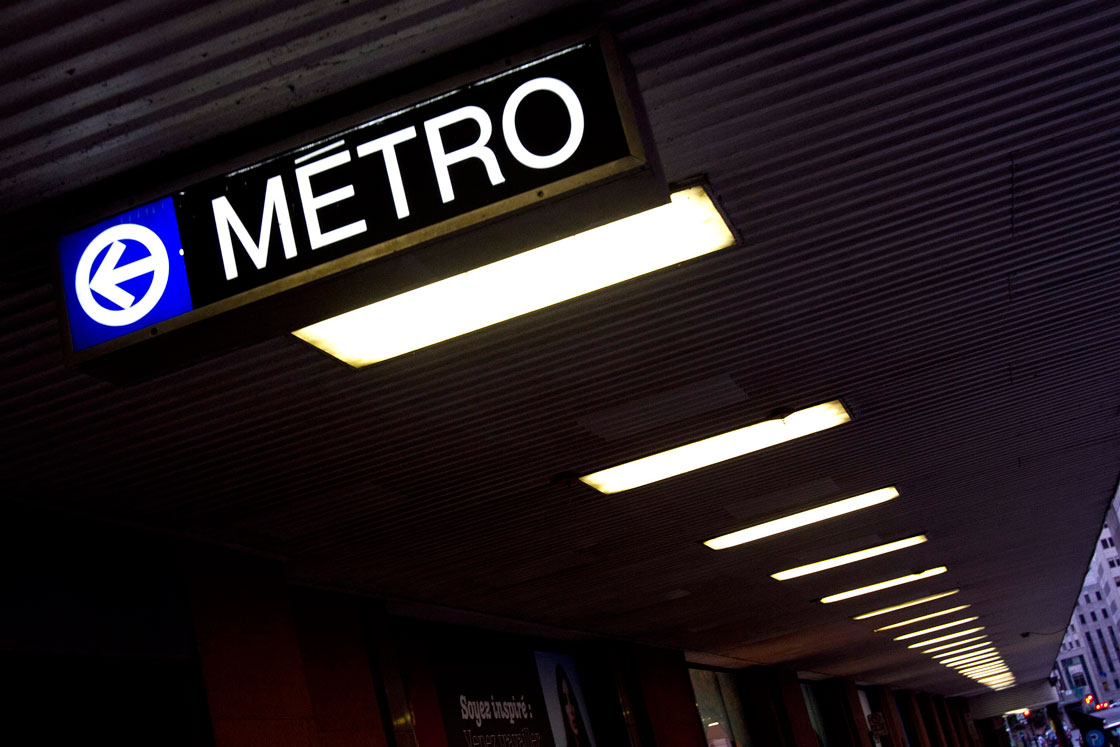MONTREAL – Montreal’s subway system may end up with one the most advanced wireless networks in the world, equipped with state-of-the-art technology that allows commuters to use cellphones, laptops and tablets.

Four major telecom companies announced jointly on Wednesday a $50 million project to provide wireless communications for the Montreal subway, including in stations and tunnels, within seven years.
“The very same high-quality experience that you’ve been accustomed to above ground will be available underground,” said Francois Gratton of Telus, which is co-ordinating the project.
Telus (TSX:T), Rogers (TSX:RCI.B), Bell (TSX:BCE) and Quebecor’s Videotron (TSX:QBR.B) will share the cost of the project equally.
There are no wireless signals in the Montreal underground, which serves about 900,000 commuters daily.
But with the new system, commuters will be able to text, watch video and download music as they travel from station to station.
The network will use the latest wireless technologies, including Long-Term Evolution (LTE) which brings faster Internet service to mobile devices and is used by major wireless carriers to meet rising consumer demand.
“It’s going to be one of the first deployments in the world for 4G LTE technology in a 100 per cent underground setting,” Gratton said.
Service will begin to be installed at two downtown stations by the end of this year, with full deployment within five to seven years, the companies said.
The Toronto Transit Authority is planning to offer WIFI — short-range wireless service — for laptop, tablet and cellphone users at two main subway stations later this year, but not underground, spokesman Danny Nicholson said. The TTC carries about 1 million subway riders each day.
In Vancouver, Telus said it provides wireless service in the underground section of the city’s Canada line, the newer part of the Lower Mainland’s Skytrain transit system.
PC Magazine mobile analyst Sascha Segan said underground cellphone networks are more common in Europe and Asia than in North America.
“It’s really just in North America that this is considered a crazy, amazing new thing to do,” said Segan from New York.
In New York, about 40 subway stations out of 400 provide cellphone service, he said. A few midtown New York subway stations are equipped with LTE technology, he added.
“The problem is we have a 24-hour subway system so there’s no regular time when the system is shut down when guys can crawl around and install antennas.”
Other times, it’s co-operation issues.
It can be difficult to reach agreements with transit systems to build such networks, the bidding process to choose a network provider can be lengthy and mobile phone companies don’t necessarily want deal with “all of the administrative hassle” that comes with the project, he added.
But for consumers, it’s great, Segan said.
“Everybody I know wants to be able to email their boss when their train is stuck.”



Comments